The waste directly related to tablet pressing is mainly reflected in waste tablets and material losses. These losses can be measured by the recovery rate, which is the ratio between finished products and materials, and its value is always less than 100%. The loss parts mainly include:
1. Waste tablets: unqualified tablets caused by various reasons (such as inaccurate tablet weight control, uneven materials, etc.) during the tablet pressing process.
2. Material loss: material waste caused by equipment gaps, powder leakage, etc. during the tablet pressing process.
1. Improve the accuracy of tablet weight control and reduce the number of waste tablets.
2. Improve the rotation accuracy of the punching table and reduce the amount of powder leakage.
[However, after reaching a certain level of accuracy, if it is further improved, the equipment cost will increase significantly. Therefore, it is necessary to reduce waste through design optimization without significantly increasing costs. ]
1. Reduce the number of false rejects during rejection through the single-tablet rejection system.
2. Optimize the gap between the feeder and the punching table to reduce material loss.
3. Use a fully enclosed lantern cover to solve the problem of tablet scrapping caused by dripping of the upper punch lubricating oil.
Canaan’s T Series Tablet Press effectively reduces waste through the following designs
1. The sorting door of the T Series Tablet Press is designed inside the tablet pressing chamber, and the paddle is close to the punching table, which reduces the opening and closing time, improves the accuracy of rejecting waste tablets, and reduces the waste of qualified tablets.
2. Through the pre-rotation function of the feeder, the material in the feeder is guaranteed to reach the working state before the punching table is started, reducing the number of waste tablets in the start-up stage.
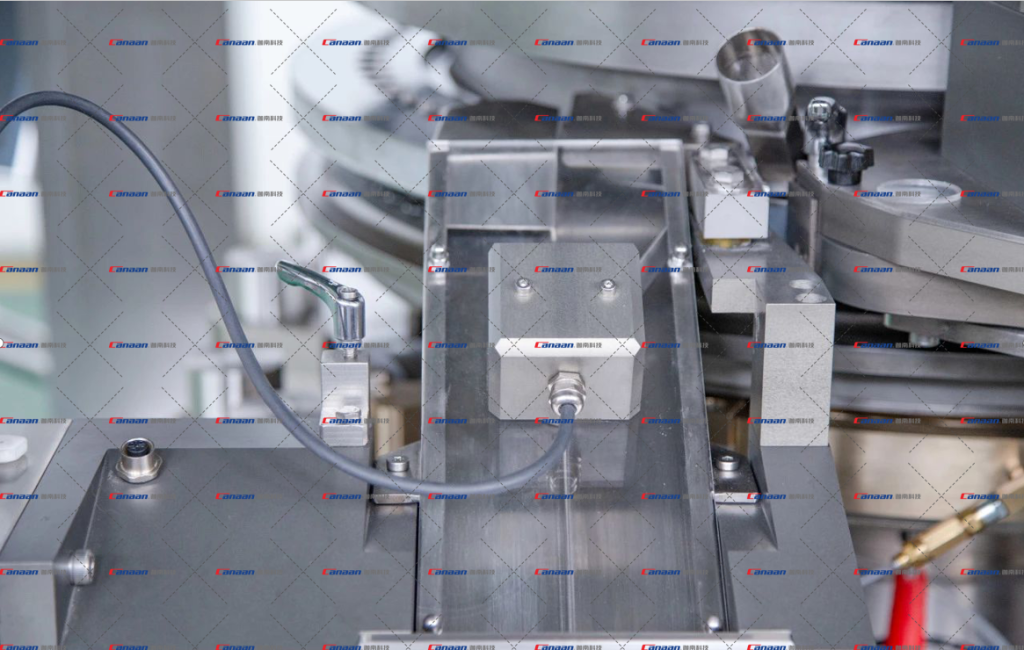
1. The feeder of the T Series Tablet Press uses an insert design, which can be adjusted to near zero gap, reducing material loss.
2. Inserts of different specifications are suitable for tablets of different diameters, improving tablet weight stability.
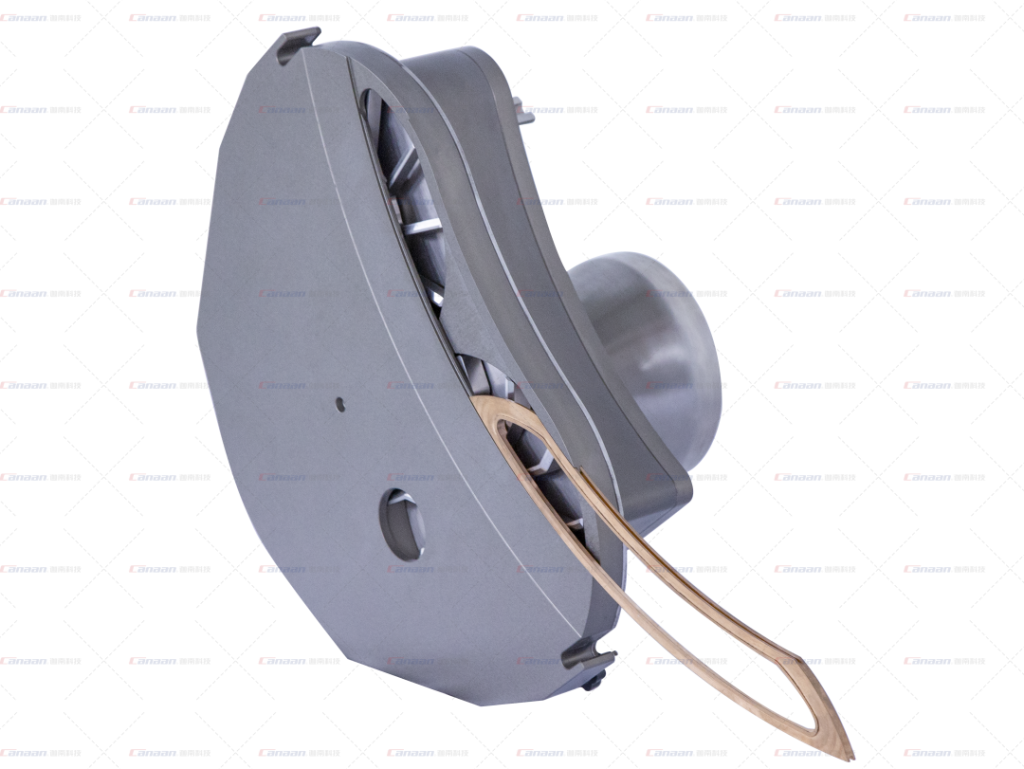
1. Solve the problem of tablet scrapping caused by the dripping of upper punch lubricating oil.
2. Completely wrap the upper punch rod, with a larger oil capacity and not easy to fall off.
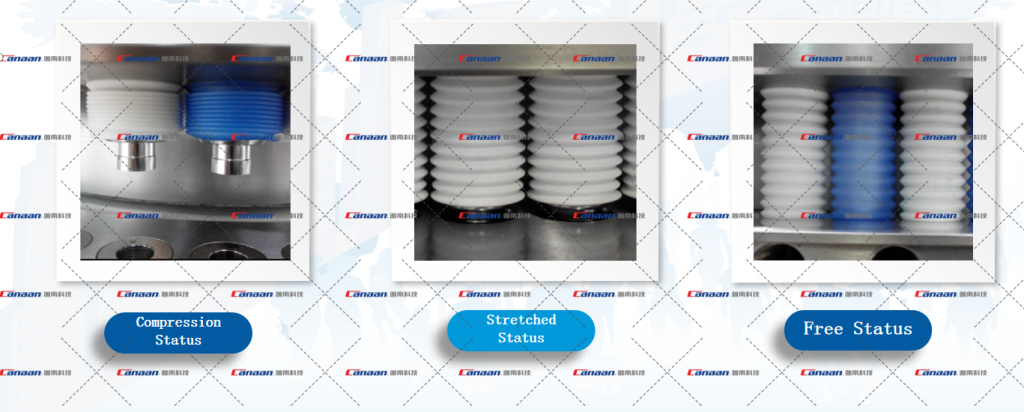
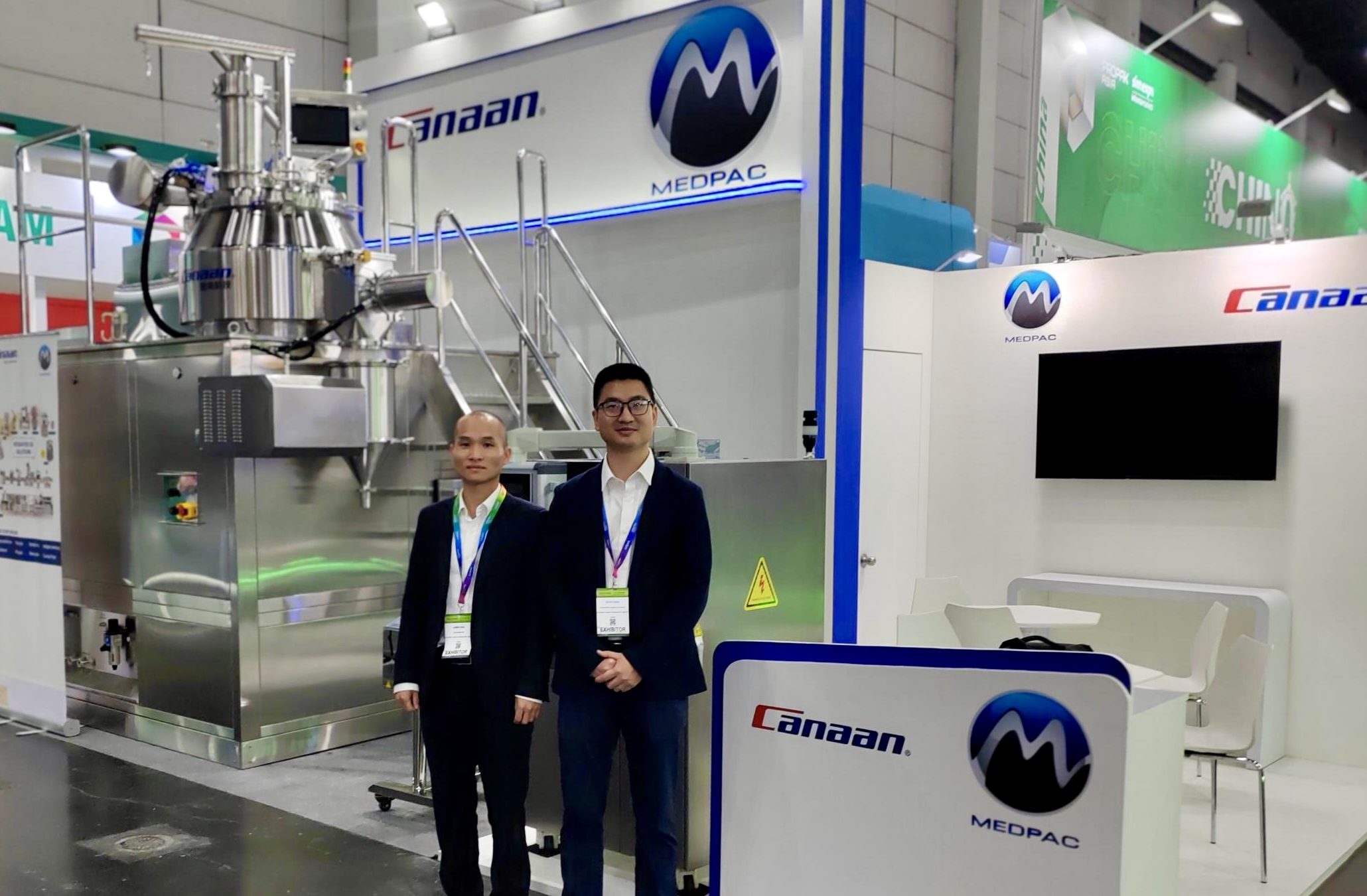
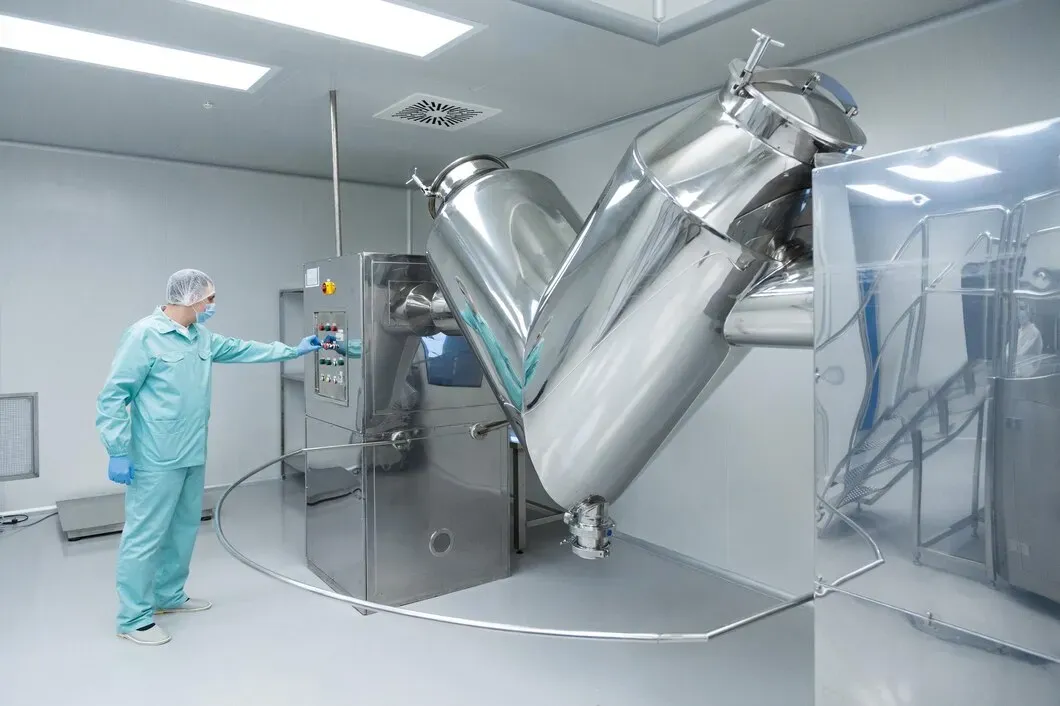
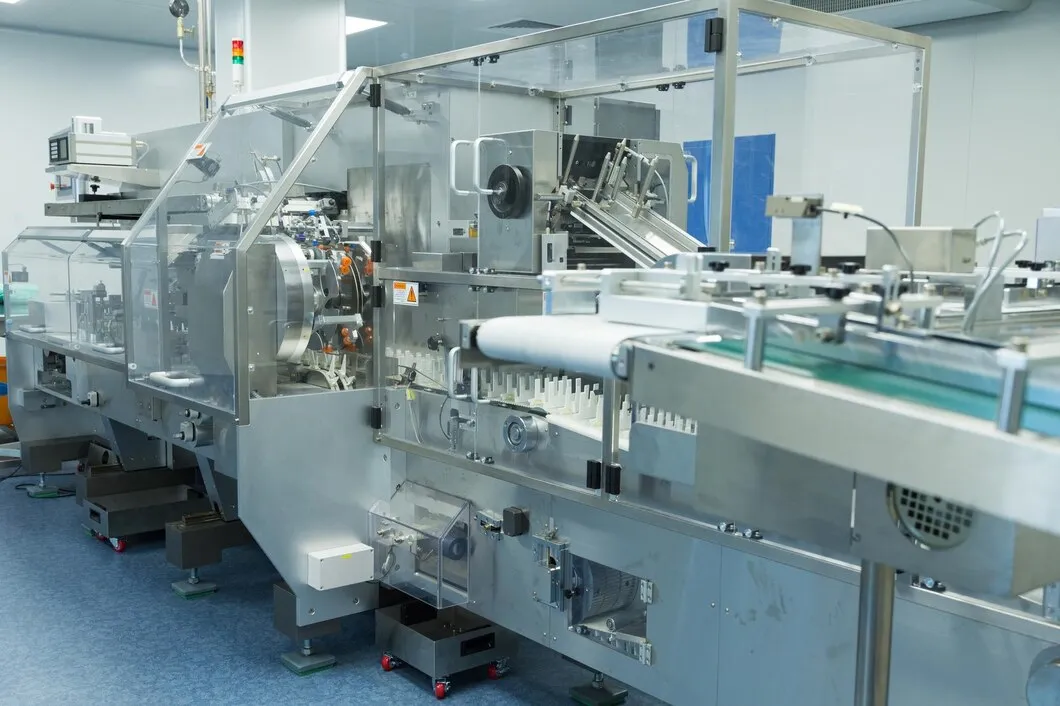

Before any drug reaches a patient, it starts in a lab. That’s where formulas are tested, batches are checked, and quality is either confirmed or questioned. To do that work right, labs depend on the right equipment—tools that don’t just get the job done, but do it with precision. If you’re responsible for running or […]

Blister packaging is everywhere in pharma—from tablets to capsules to sample packs. It protects the product, extends shelf life, and improves patient safety. But for manufacturers, it’s more than just packaging—it’s a system built around speed, precision, and compliance. If you’re in pharma manufacturing or packaging procurement, here’s what you need to know about blister […]
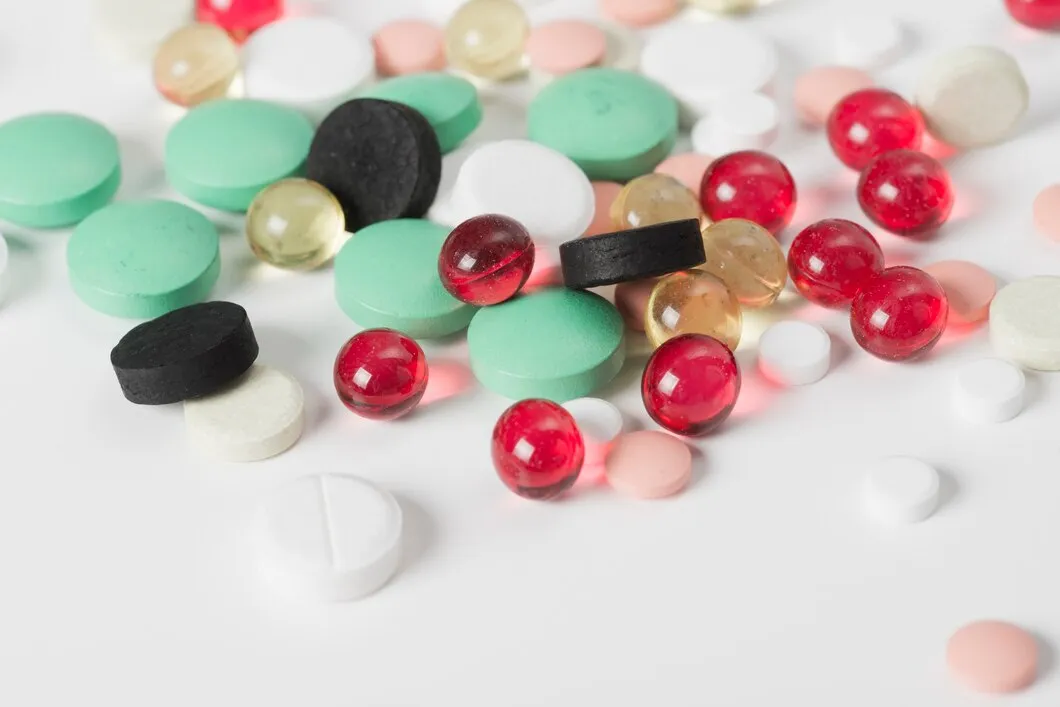
If you’re deciding how to deliver a pharmaceutical or supplement product, the format you choose—liquid gels or tablets—will shape more than just how it looks. It affects how the product is made, how fast it’s absorbed, what kind of equipment you’ll need, and how the end user experiences it. Some actives work better in a […]